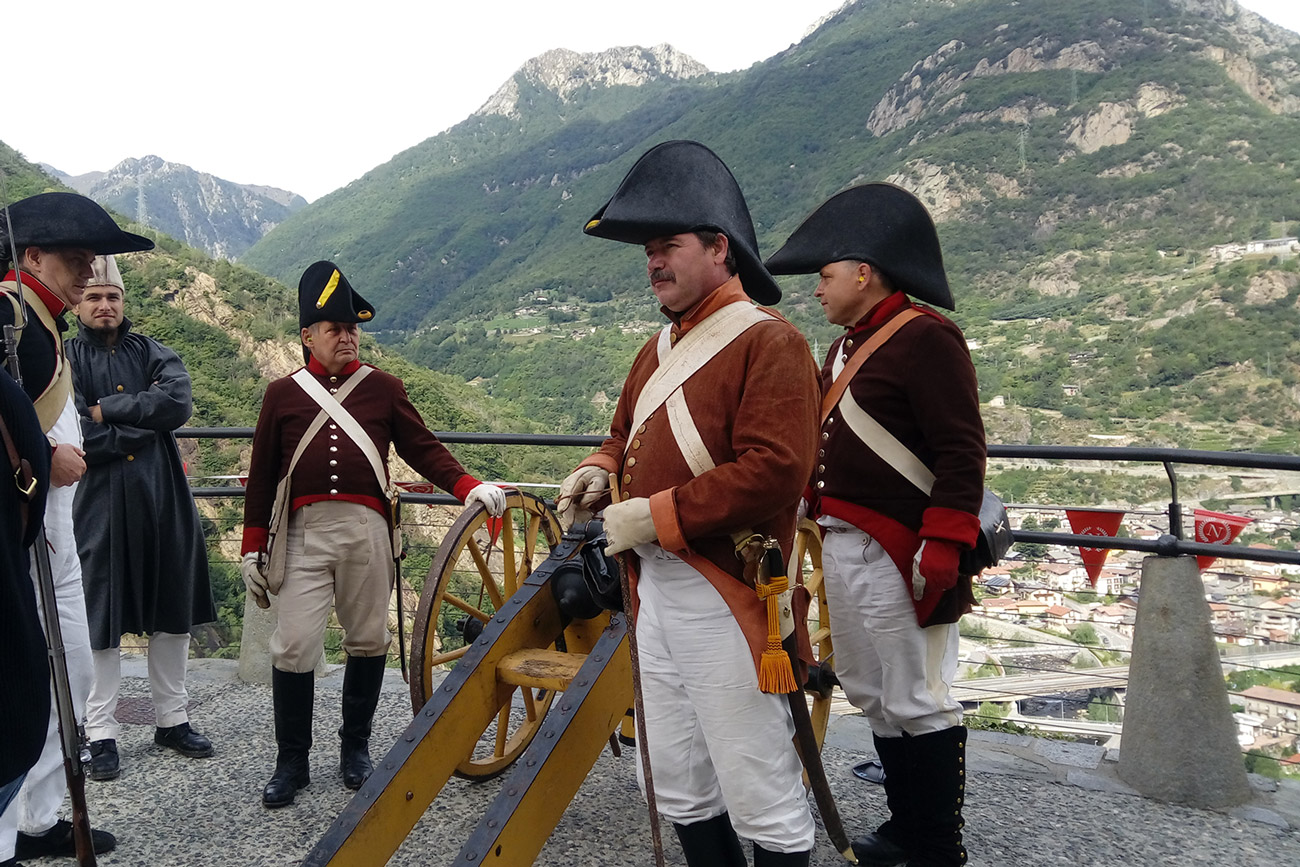Know
Our municipality is called Ayas, it is compromised of 41 fractions:
Antagnod, Bisous, Mandrou, Magnéa, Paloueta, Palenc, Champlan, Champoluc, Frachey, Saint Jacques, Pra Sec, Rovinal, Drole, Blanchard, Peyo, Reze, Crojetta, Fiére, Suttsun, Cunéa, Crest, Frantse, Mascogna, Pila, Magnéchoula, Eriu, Periahc, Periahc d’Aval, La Crouch, Trochey, Meytére, Cornu, Corbet, Lignod, Borbey, L’Ojel, Goi Deseut, Goi Damon, Pieit, Granon, Grana.
Not bad! Each of which is connected to the others by ancient paths that can be passed all year round. You can only know by walking, the speed of cars and ski lifts is the enemy of attention to detail.
If in you, there is the spirit of the ancient traveller and not only the tourist; this is your place.
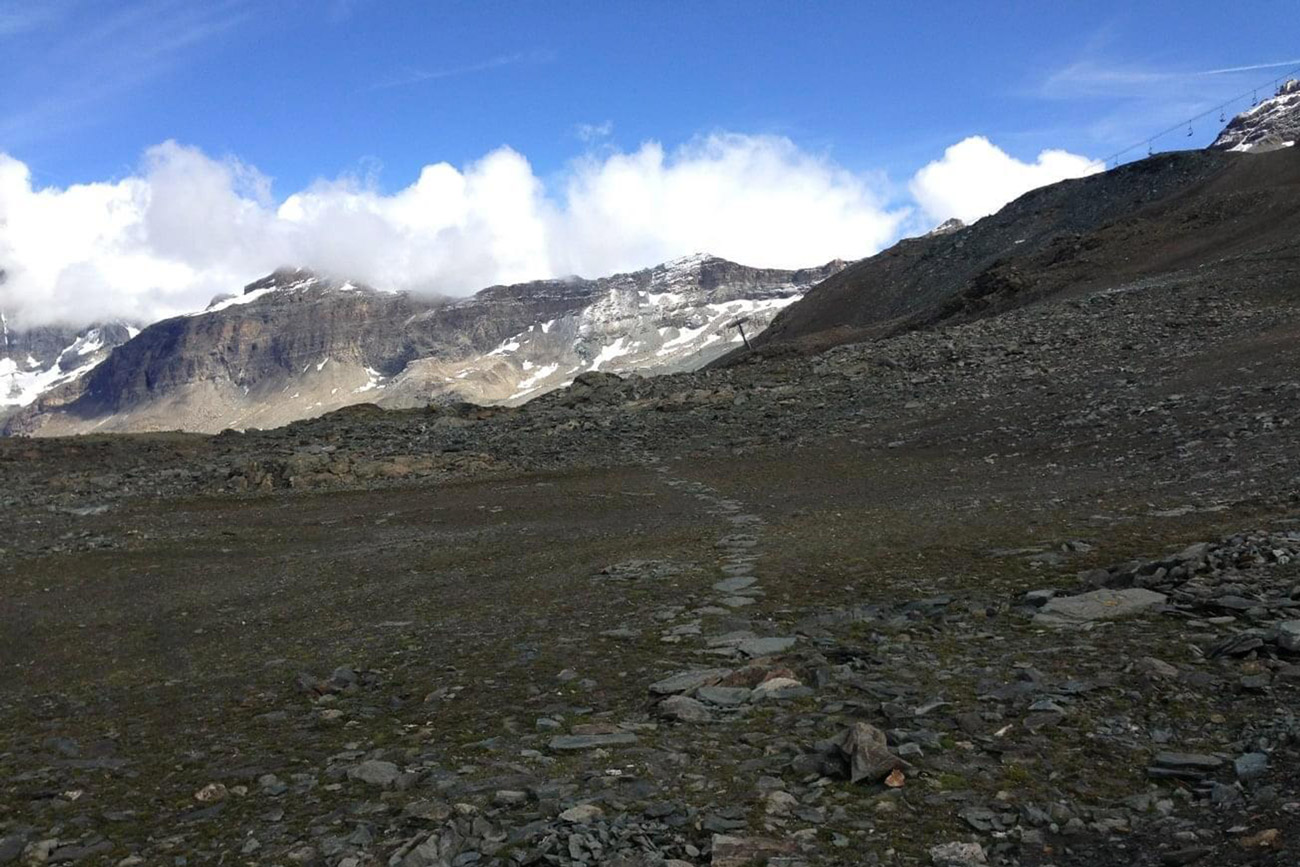
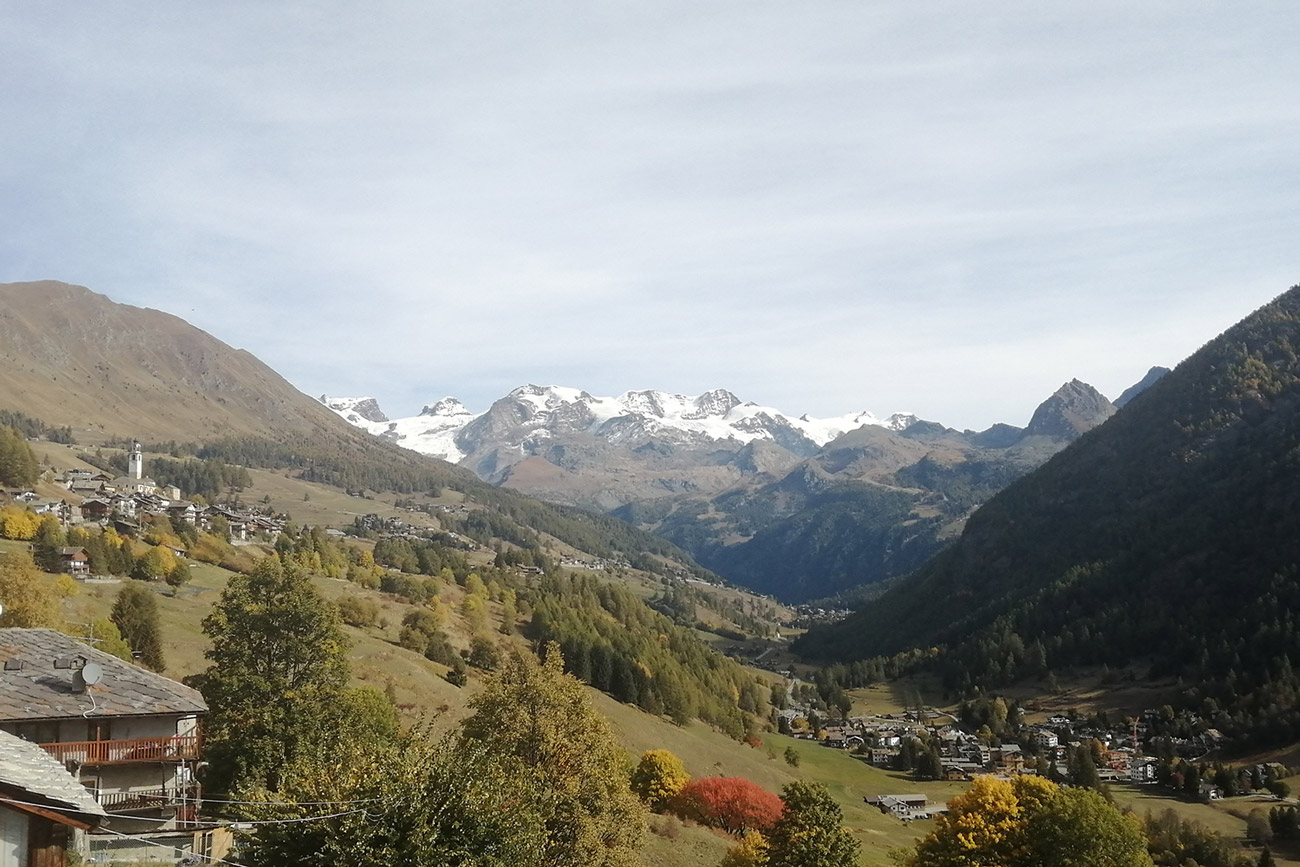
When you have visited all of the hamlets and walked along the Ru Cortot: A fourteenth centuary irrigation canal that was built to bring water from the venturina torrent at an altitude of 2150m Vallone di Cortot, up to the Col de Joux (1650 m), thus making it possible to make the barren pastures and fields of barley, rye, oats and wheat of Emarèse, St.-Vincent and Challand St.-Anselme green and plentuiful! Only clairvoyant minds could think of such an ingenious system that still gives its benefits today after 600 years. Along the Valle di Challand and Ayas, the canals follow one after the other. On your way you will meet your first castle, the emblematic refuge of the rebel Catherine of Challand, the castle of Graines.
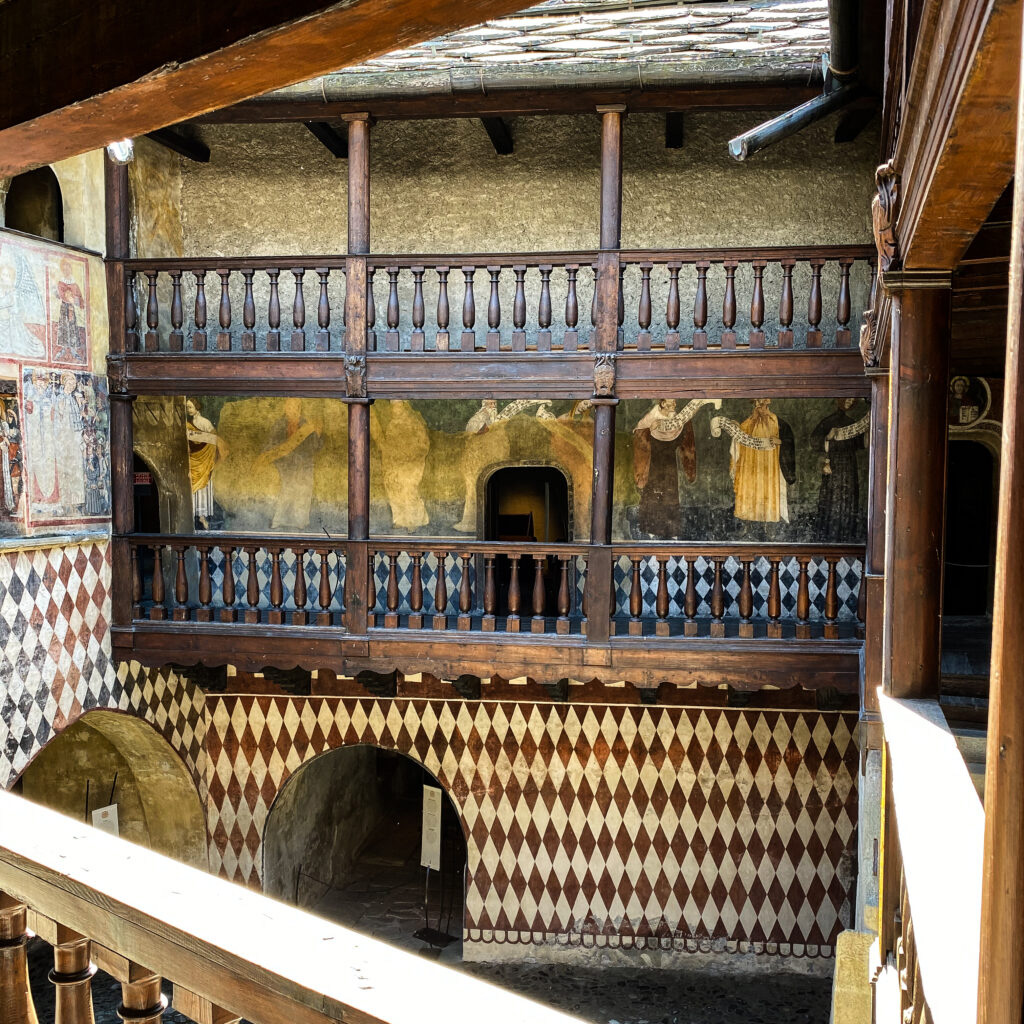
Go down again. Just before Verrès where the Evançon torrent has dug a deep furrow in the valley, he looks up. A severe manor with a menacing air stands out on the rock, it is the castle of Verrès. He is strict, while its inhabitants are nice guys, the best time to get to know them is in February, when the epic historical carnival takes place.
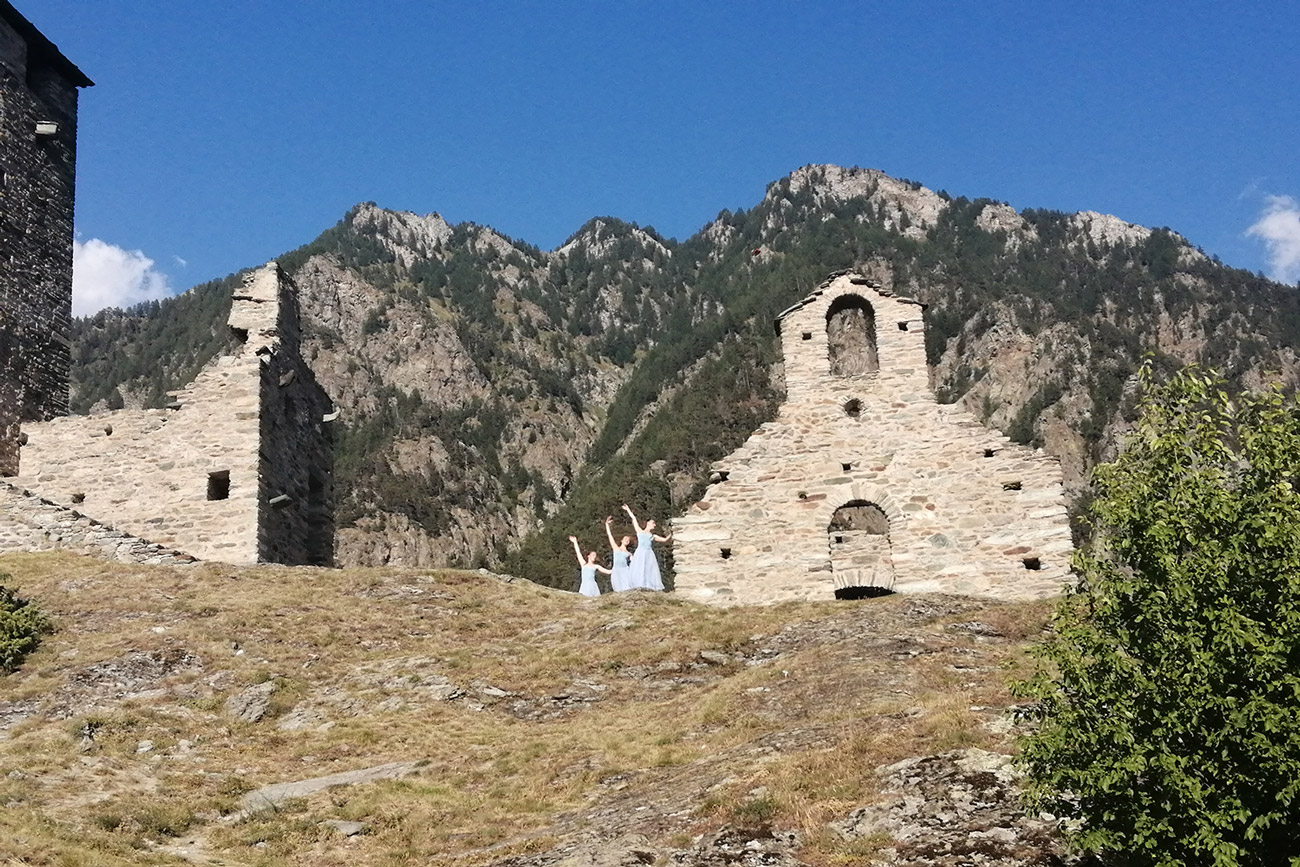
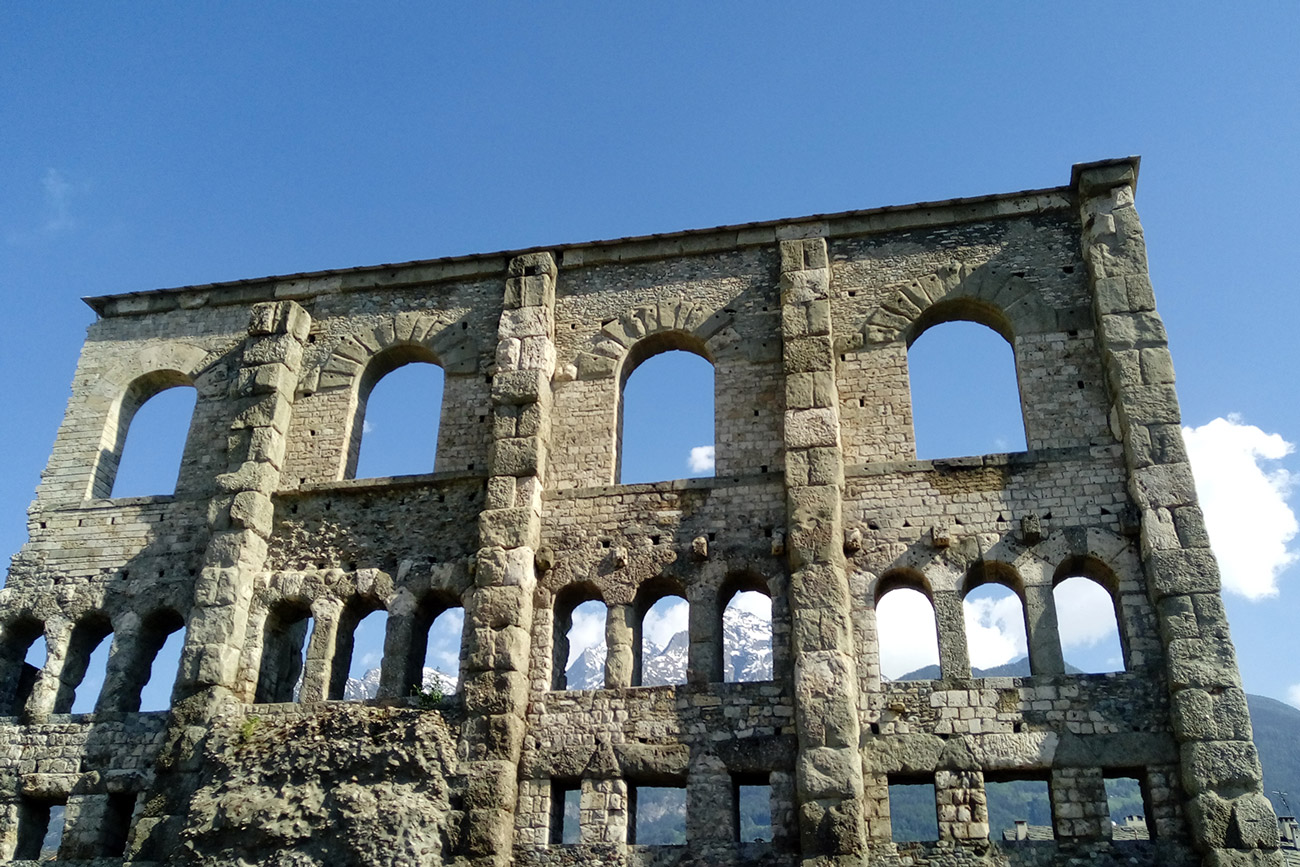
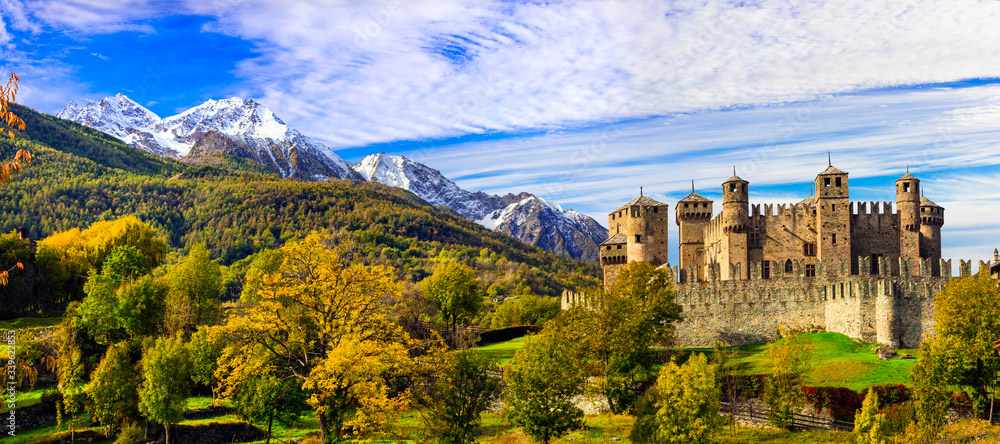
Did you like castles? Good because in Valle d’Aosta we have over 130 castles and noble residences dating from the Middle Ages to the Renaissance up to the early 1900s. In the central valley, rowing against the current on the Dora Baltea, you will be able to observe dozens of them, communicating with each other by sight. After about thirty km you will find yourself in Aosta.
Here the time machine takes a leap backwards. After defeating the Salassi, Gallic people who settled in the Dora Baltea valley in 25 BC, the Romans founded a city where there was a camp. It was called in honor of Octavian Augustus, Augusta Praetoria and from that name derives the current name of the Region and of the city. Curiosity: Aosta also has a birthday, because the ancient Romans didn’t do anything by chance!
During the days of the winter solstice between 21 and 23 December of each year it is possible to appreciate the sunrise aligned on the ancient Cardo maximus, today this is via Croce di Città, between 10.48 and 10.52.
I have taken you around a little bit and maybe have made you want to come in person? I hope so.
